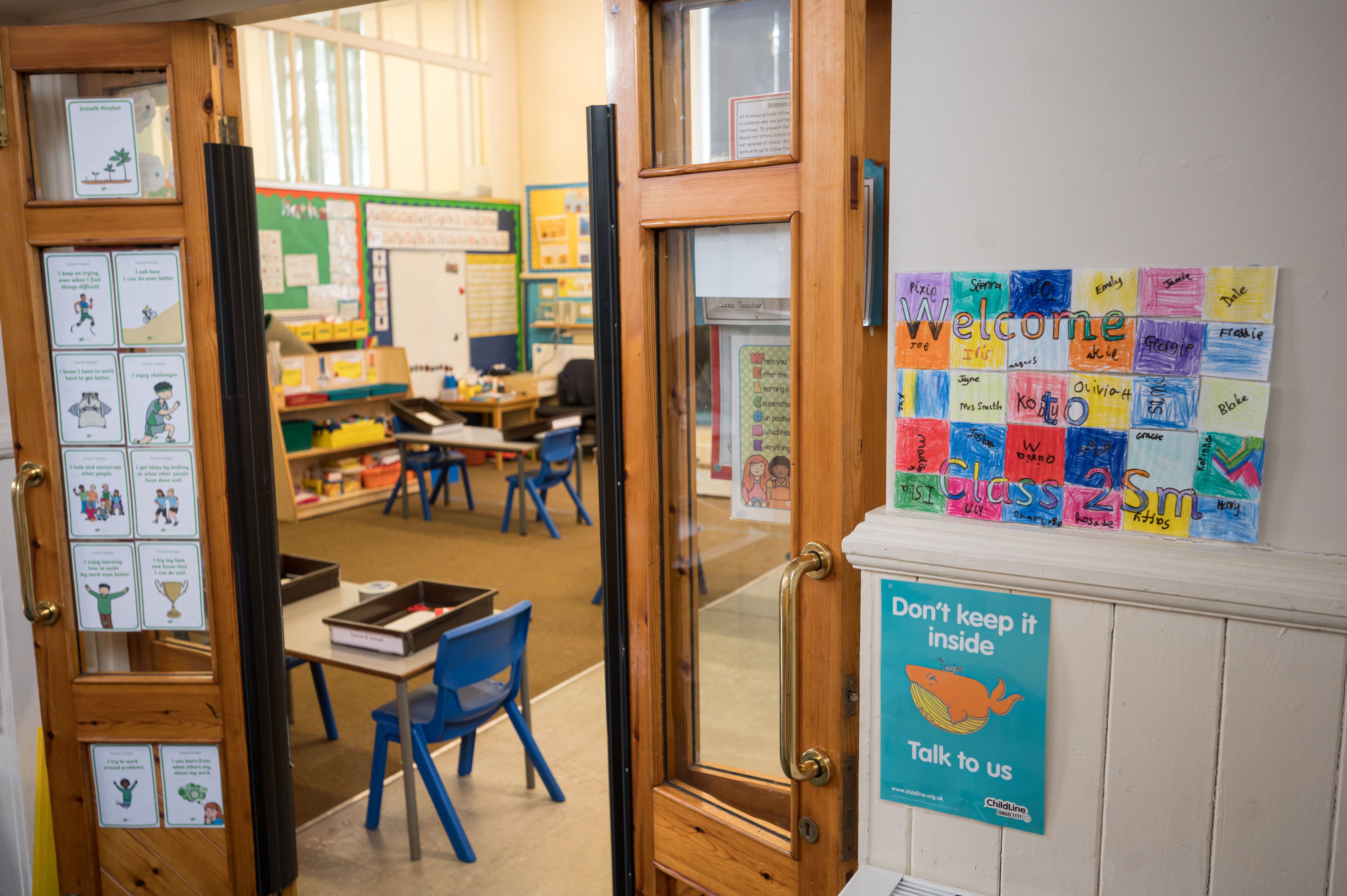The Independent's journalism is supported by our readers. When you purchase through links on our site, we may earn commission.
I taught math to kids in an overcrowded LA school. Making class ‘less racist’ doesn’t mean what you think it does
Introducing politicized topics to classroom activities doesn’t necessarily happen because we’re trying to make a point. Often, it simply makes the lesson more relevant

A month after moving across the United States to join Teach For America, an organization focused on ending education inequity, I got my assignment — math teacher. My heart sank. I hated math and didn’t feel like I was particularly gifted at it. But duty, in the form of dozens of kids at an under-resourced, overcrowded Los Angeles school, called. I became the best math teacher I could be. This meant incorporating many of the good teaching practices which are deemed to be combating racism in math today.
When I first heard the accusation that math is racist, my head spun. How could numbers be biased, I wondered? But as I dug deeper into the argument, I saw its substance. Mathematical achievements from people of color have frequently been erased, and the United States Department of Education statistics show that Black kids are performing worse in this subject than other racial groups. A debate has been raging recently over how new techniques in math teaching are transforming the way kids experience learning — and potentially having an effect on those racial divides.
In my opinion, something definitely does need to change in how we teach math. But it being racist may be beside the point.
Those Department of Education findings cited above weren’t only bad for Black kids. They showed that overall, only 24 percent of American 12th-graders tested reached a “proficient” level in math, and 40 percent were below a “basic” level. US schools are failing the majority of their students, of all races, when it comes to math education. Therefore, the suggestions made to address racism in math should be implemented because they will help students of color — and their peers. As a former math teacher, I see most of these strategies to increase equity and access as simply strong pedagogical practices, which should have already been standard.
For example, celebrated math teacher Nadine Ebri engages her students with song, notably turning the steps for long division into a rap. Her musical approach and efforts to get students excited about math are successful — her kids score impressively. But this approach is not new, and not exclusively a reaction to racism. Music has always been integrated into good teaching. There are education companies, like Flocabulary, built entirely on this premise.
Because they’re helpful for memory and fun, I also incorporated songs into math instruction. For instance, when learning how to multiply decimals and where to move the decimal point in the answer, we sang: “Ms. Coleman’s students are so bright; when multiplying decimals, we first count right; second move the decimal over to the left; hurray, now your equation is set!” Students mastered the skill, and this musical memorization trick helped. I heard some kids mumbling this song to themselves on test days.
Another aspect of teaching math without racism is to bring in real-world applications to abstract math problems. Again, this strategy is a fundamental part of good teaching. My education Master’s degree classes guided me to start a lesson with a “hook.” We teachers needed to ask ourselves: How can I get students to care about what I’m going to teach? Often what students care about will be related to who they are, where they live and what they’re experiencing. So if I’m teaching in the inner-city, math problems about bales of hay won’t cut it. More politicized topics may.
To the chagrin of those who oppose any discussion of race in schools, in some settings, a good hook would need to address the realities of the world students are living in and touch on racism, oppression, immigration and other hot-button topics. This wouldn’t necessarily be about making math “less racist”, but rather about making math relevant.
These strategies to engage students worked for me. We scored well, and at the end of the school year, kids wrote me letters professing that I had ignited a love of math in them. To my delight, that spark hasn’t died. Just this week, a former student emailed me that she’s finishing up her Bachelor’s degree in a STEM field with plans to be a doctor.
Colette Coleman is a writer and former teacher in the US and Indonesia
Join our commenting forum
Join thought-provoking conversations, follow other Independent readers and see their replies
Comments
Bookmark popover
Removed from bookmarks